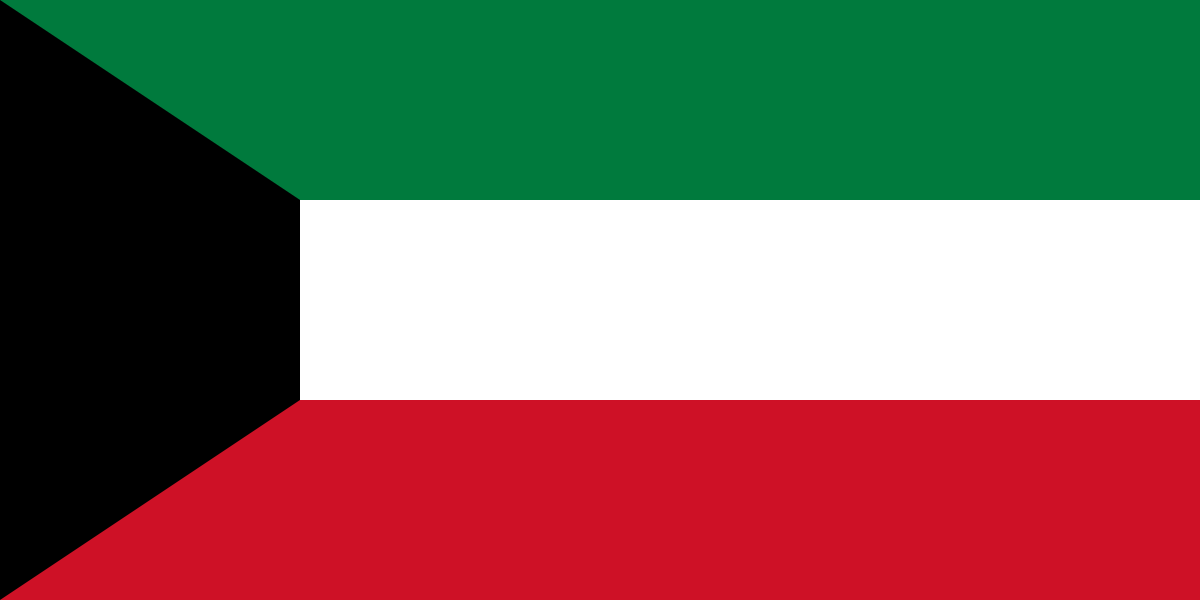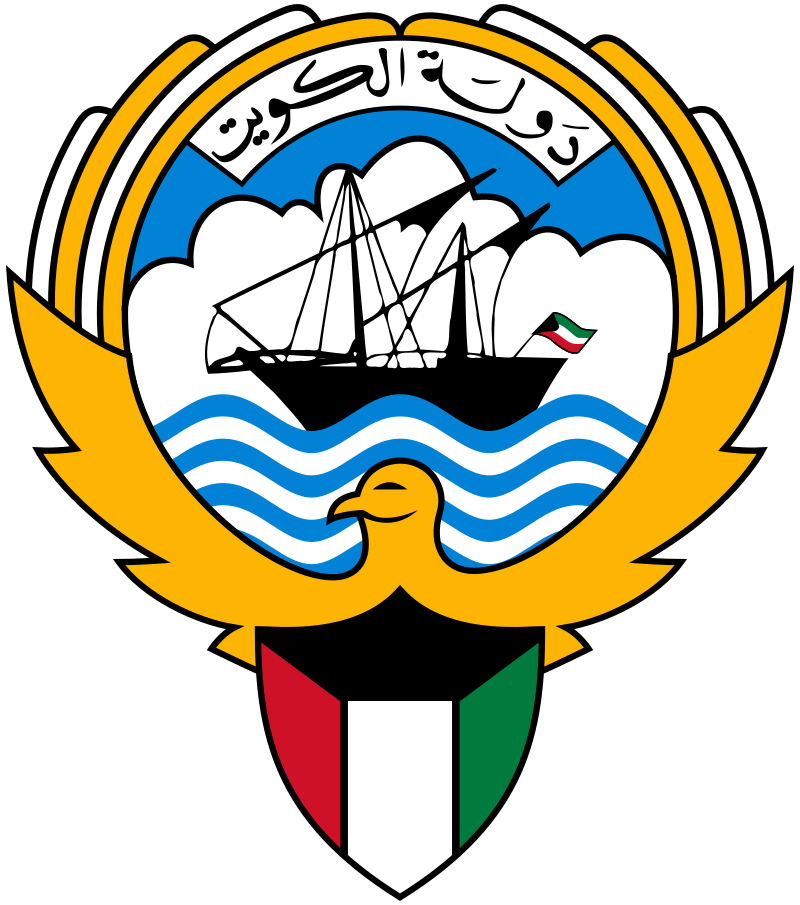전시관 내에서는 이어폰을 이용해주세요.
다문화박물관 쿠웨이트 1

Kuwait is an independent country with a constitution. It has a democratic amiri regime. His Highness the Amir of the State is the ruler of the country.
The State of Kuwait is a country in the northern corner of the Arabian Gulf. Its natural resources are dominated by its huge oil resources, which are estimated to last for 100-150 years at current lifting rates. Associated gas resources are also substantial but the search for non-associated gas has so far only revealed more oil.
The Population in mid 1994 was approximately 1.3 million of whom about half were Kuwaiti citizens. Petroleum production is the most important industry; Kuwait has more than 90% of the
world's proven reserves of petroleum.
The Flag of Kuwait:
Kuwaiti flags came in all shapes and sizes from the establishment of Kuwait until 1961, when on gaining full independence the government decided to replace the old flag with a new design. This was promulgated by a law issued on 7/9/1961 (27 Rabi 1, 1381 AH), some provisions of which were amended on 18/11/1961 (10 Jumuda Al-Akher 1381 AH). The first article stipulated that Kuwait's national flag should consist of a horizontal rectangle which is twice as long as it is wide. This is divided into three equal horizontal stripes, the top one being green, the middle white and the bottom red, with the side next to the flag pole forming the base of a black trapezoid protruding into the stripes. The colours of the flag are derived from a poem by Safie Al-Deen Al-Hili which reads:
White are our deeds
Black are our battles
Green are our lands
Red are our swords
The State of Kuwait is a country in the northern corner of the Arabian Gulf. Its natural resources are dominated by its huge oil resources, which are estimated to last for 100-150 years at current lifting rates. Associated gas resources are also substantial but the search for non-associated gas has so far only revealed more oil.
The Population in mid 1994 was approximately 1.3 million of whom about half were Kuwaiti citizens. Petroleum production is the most important industry; Kuwait has more than 90% of the
world's proven reserves of petroleum.
The Flag of Kuwait:
Kuwaiti flags came in all shapes and sizes from the establishment of Kuwait until 1961, when on gaining full independence the government decided to replace the old flag with a new design. This was promulgated by a law issued on 7/9/1961 (27 Rabi 1, 1381 AH), some provisions of which were amended on 18/11/1961 (10 Jumuda Al-Akher 1381 AH). The first article stipulated that Kuwait's national flag should consist of a horizontal rectangle which is twice as long as it is wide. This is divided into three equal horizontal stripes, the top one being green, the middle white and the bottom red, with the side next to the flag pole forming the base of a black trapezoid protruding into the stripes. The colours of the flag are derived from a poem by Safie Al-Deen Al-Hili which reads:
White are our deeds
Black are our battles
Green are our lands
Red are our swords
00:00
01:50
21
다문화박물관 쿠웨이트 1


